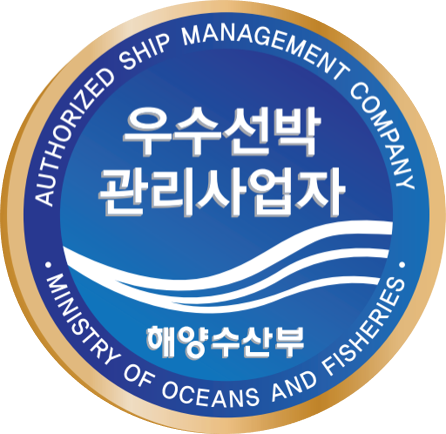Pumproom fatality on crude oil tanker
페이지 정보
작성자 최고관리자 댓글 0건 조회 1,411회 작성일 21-04-09 16:16본문
Risk _alert_ focuses on pumproom fatality
by The Editorial Team
Following a pumproom fatality incident onboard the crude oil tanker “MT Valtamed”, Swedish Club issued a risk _alert_, identifying factors that could have contributed to this unfortunate fatality.
To remind, a crew fatality in the pump room was marked onboard the crude oil tanker MT Valtamed, while at Ceyhan OPL Anchorage, Turkey, in February 2020.
Specifically, the autopsy found that the pump man died by n-Butane intoxication and the investigation believes that the presence of H2S in the bilge space may have also contributed, by either causing panic or unconsciousness.
According to Captain John Taylor of Steamship’s Loss Prevention Department, in the course of undertaking what could be considered routine pre-arrival tests of the pumproom bilge alarm system, the pumpman was found collapsed in a confined bilge area.
In fact, when recovered, the pumpman had no vital signs and was declared deceased.
As explained, the risk _alert_ reviews the investigation report and marks some of the identified factors that could have contributed to the crewmember’s fatality:
- Location of the bilge alarms and access for testing
Whilst the port bilge alarm was quite readily accessible, access to the starboard bilge alarm required entering a restrictive and confined area of the bilges, where it is possible that concentrations of gases may have built up that were not detected by the fixed gas detection system.
The location of the starboard bilge alarm, and the proximity of the pumpman to the alarm, meant that when he collapsed the pumpman was not readily visible to the rescue party.
The awkward and confined location of the bilge also meant that, when strapped into the rescue stretcher it was not possible to lift him to the level of the gratings, from where the rescue davit could be utilised to recover him from the pumproom.
It was ultimately necessary to remove the pumpman from the stretcher and manually lift him to the gratings to effect recovery.
- Enclosed and restricted space recovery procedures
As was experienced in this instance, access to some locations on a vessel, particularly in areas such as pumprooms and bilge spaces, may be restricted due to the layout and structure of the vessel. Emergency exercise and drills should be utilised to identify potential problem areas and risk assessments and contingency measures should be identified, implemented and exercised against.
Whilst not highlighted in the investigation report, the availability of an Emergency Escape Breathing Device (EEBD) may have been beneficial. Had the pumpman detected gas and donned an EEBD he may have been able to leave the bilge spaces in a controlled fashion. The provision and carriage of EEBD’s being one of the corrective actions implemented post incident.
- Maintenance and house keeping
The small leak in
the suction valve of the pump-room’s starboard bilge, combined with the routine
draining of water during the warming up of the stripping pump, could
potentially have contributed to this incident and
highlights the necessity to address and rectify deficiencies and to always
maintain appropriate standards of cleanliness and housekeeping.
Robustmaintenance regimes and good housekeeping should be implemented to prevent slips, trips and falls Administrations of Paris and Tokyo were undertaking in 2015 this RA also provided the list of ten questions that PSCO’s of the participating MOU’s would be asking, the first 8 of which hold good as questions to be addressed when considering all enclosed space entry activities.
- 이전글MSC mega container ship troubled in the Pacific 21.04.09
- 다음글Two Aframax tankers ran aground in Suez Canal 21.04.09




